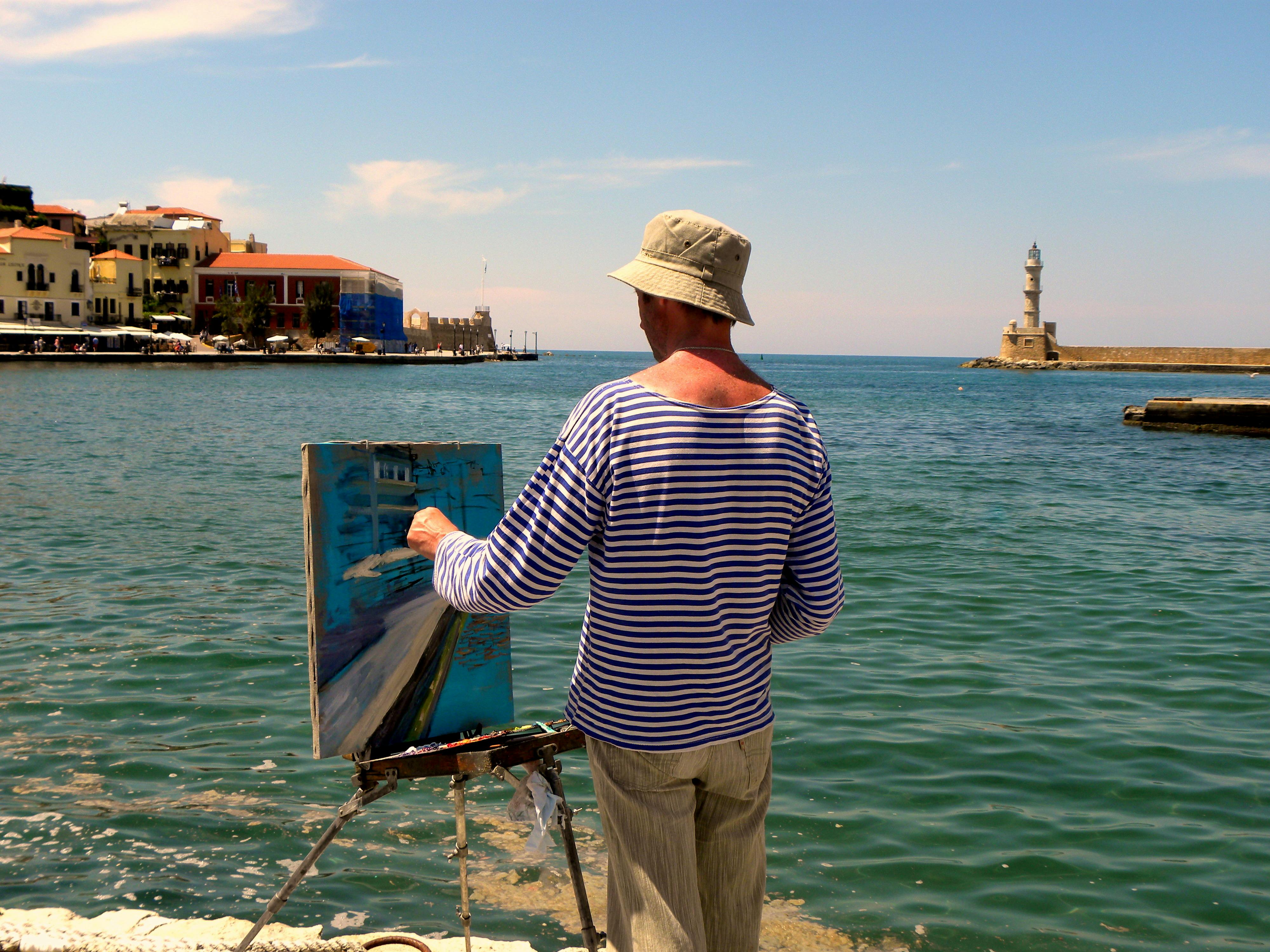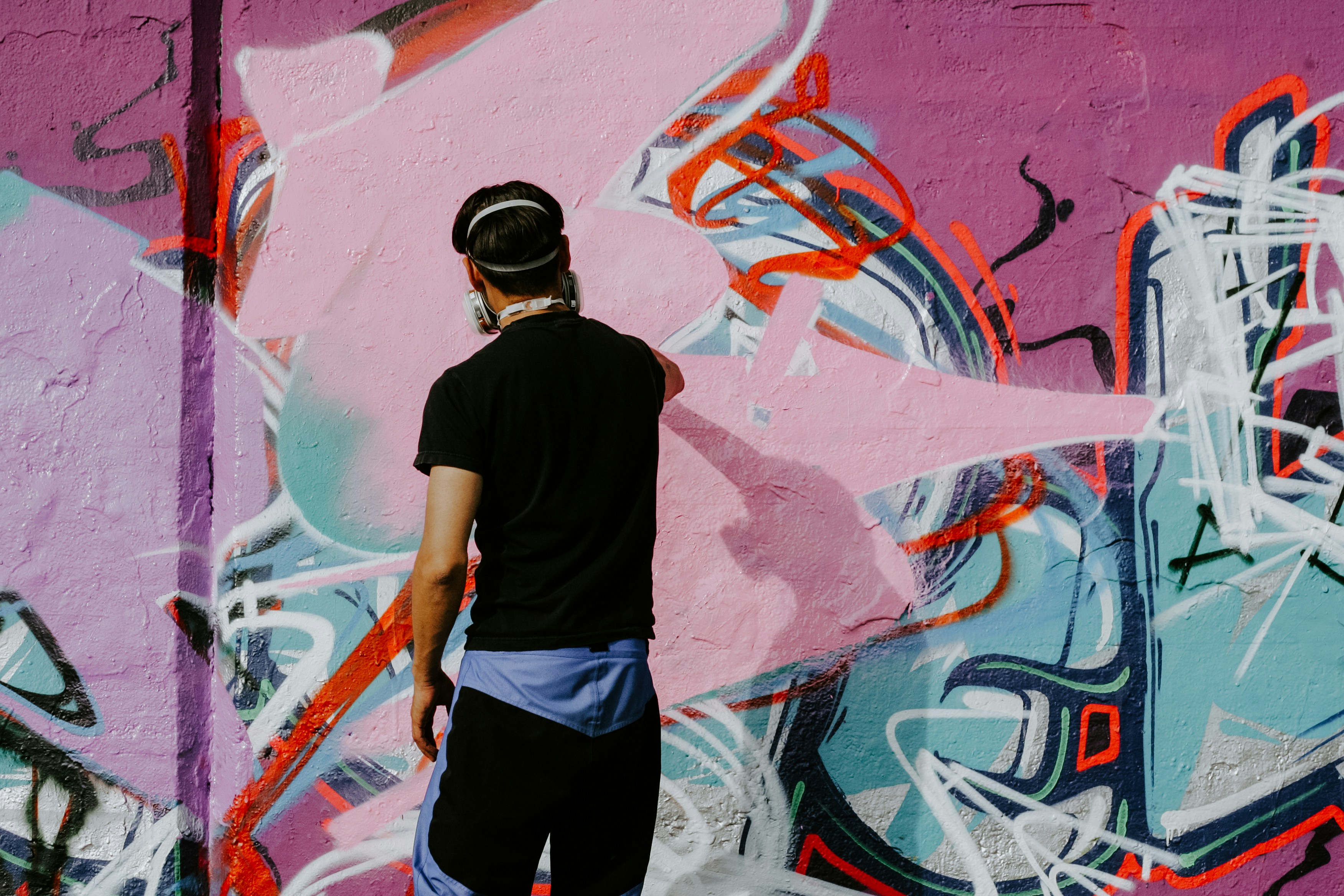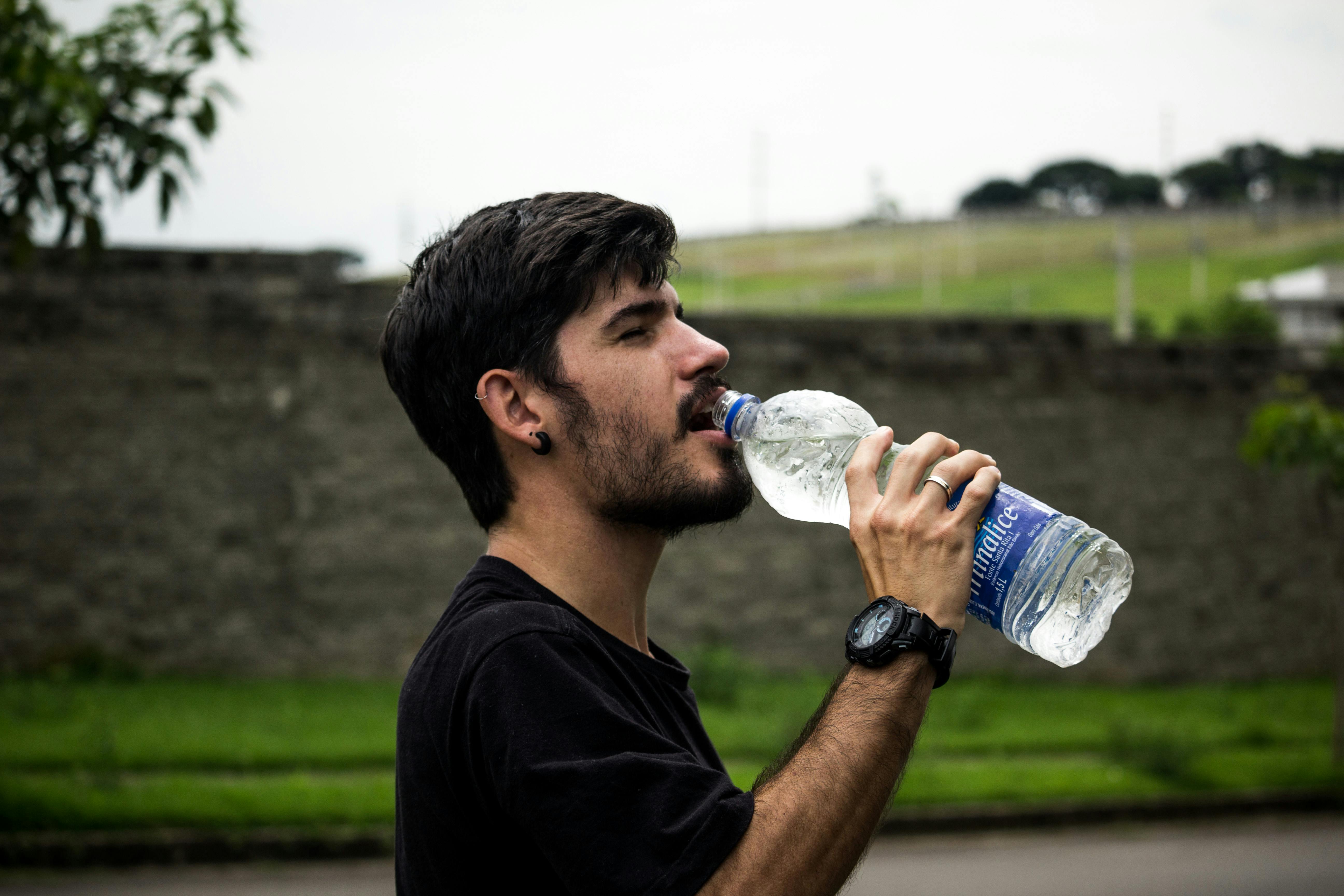ART & DESIGN
While outdoor art may be beneficial to your craft, it can also be harmful to your health. Here are important tips on how to safely practice your outdoor art.
BY ALEX TOWNASTALLI, ARTCENTRON
To many, outdoor art may seem like a harmless hobby—and even one beneficial to your craft. After all, it’s a great way to refresh yourself and gain new inspiration for your work. However, it can also pose numerous hazards to your health. In fact, Environmental Health News found that a certain chemical often used by woodworkers to make epoxy resin art, BADGE, can hijack the body’s hormone functions and lead to cancer, reproductive impacts, and more. Seemingly benign outdoor activities like mural painting can also expose artists to respiratory issues from spray paint fumes.
So, if you’re an artist who prefers to create your works of art outdoors for its multiple benefits, including improved mood, sharper concentration, and natural lighting ideal for detail work, this article is here to help you understand simple ways to protect yourself while enjoying your craft.
4 Safety Tips for Artists Who Practice Their Craft Outdoors
1. Apply Sunscreen

Practice Your Outdoor Art Safely
Great art takes time, and if you’re a large-scale sculptor or mural painter who does most of their work under the sun, you need to use sunscreen. Prolonged sun exposure can lead to various skin issues, including sunburn, premature aging, and an increased risk of developing skin cancer.
Sunscreen acts as a barrier that absorbs or reflects UV rays to prevent them from penetrating the skin. For best effect, the American Academy of Dermatology recommends broad-spectrum sunscreens with a sun protection factor or SPF of at least 30, such as the First Aid Beauty Mineral Sunscreen.
2. Use Eye Protection

Appropriate eye protection is essential for artists, especially when working with materials that expose you to airborne particles, dust, and debris. You’ll thus want to wear safety goggles like 3M’s Safety Goggles Model 1621 when handling various machinery and equipment that can cause serious eye injuries. Aside from this, the sun’s UV rays can contribute to conditions such as cataracts, macular degeneration, and eye strain. That said, be sure to wear sunglasses that can filter out harmful UV rays, minimize long-term damage, and promote eye comfort as you work outdoors.
If you require vision correction, you can invest in prescription sunglasses. These will provide both UV protection and clear vision, so you can do detailed work and more safely use the tools you need properly. Oakley has a range of models, like the Sylas and Portal X, that can be customized with your prescription and are equipped with Prizm polarized lenses to reduce glare, enhance visibility, and ensure that artists can focus on their work without being hindered by excessive brightness.
3. Wear a Respirator

Outdoor artists who spray paint expose themselves to the potentially harmful substances it contains, which include toxic chemicals, volatile organic compounds (VOCs), solvents, and pigments that, when inhaled, may lead to dermatitis, headaches, and nausea. With repeated exposure, artists may develop more serious conditions, such as lung cancer, kidney or liver damage, and painter’s syndrome, which affects the brain. Wearing a respirator is crucial as it filters out harmful chemicals, providing a barrier between the artist’s respiratory system and toxic elements in the spray paint.
Respirators are designed to meet specific standards, such as N95 or higher, ensuring that they effectively capture airborne particles. When spray painting or airbrushing, always wear a respirator like the 3M Performance Respirator Paint Project 6211, which helps protect against particles and certain organic vapors.
4. Stay Hydrated

Working in the open air under the sun can lead to increased perspiration and a higher rate of water evaporation from the body. This means that any outdoor work puts you at risk of dehydration, which can lead to decreased concentration, fatigue, dizziness, and impaired cognitive function. These factors can compromise the quality of your work and pose safety hazards, particularly for sculptors and woodworkers who work with sharp tools and other equipment. To mitigate the risks of dehydration, outdoor artists should drink water throughout the day, even if they do not feel excessively thirsty. It’s essential to be proactive in replenishing fluids to ensure optimal physical and mental functioning.
Having a water bottle like the 22-ounce Takeya Actives Insulated Water Bottle with Spout Lid close to your workstation can serve as a constant reminder to hydrate. Plus, the covered spout lid guarantees that you won’t get any paint or debris in your water.
Whether you’re painting, sculpting, or woodworking outdoors, safety measures should not be ignored or taken lightly. You can use this article as a safety guide the next time you plan on taking your creativity outdoors.
